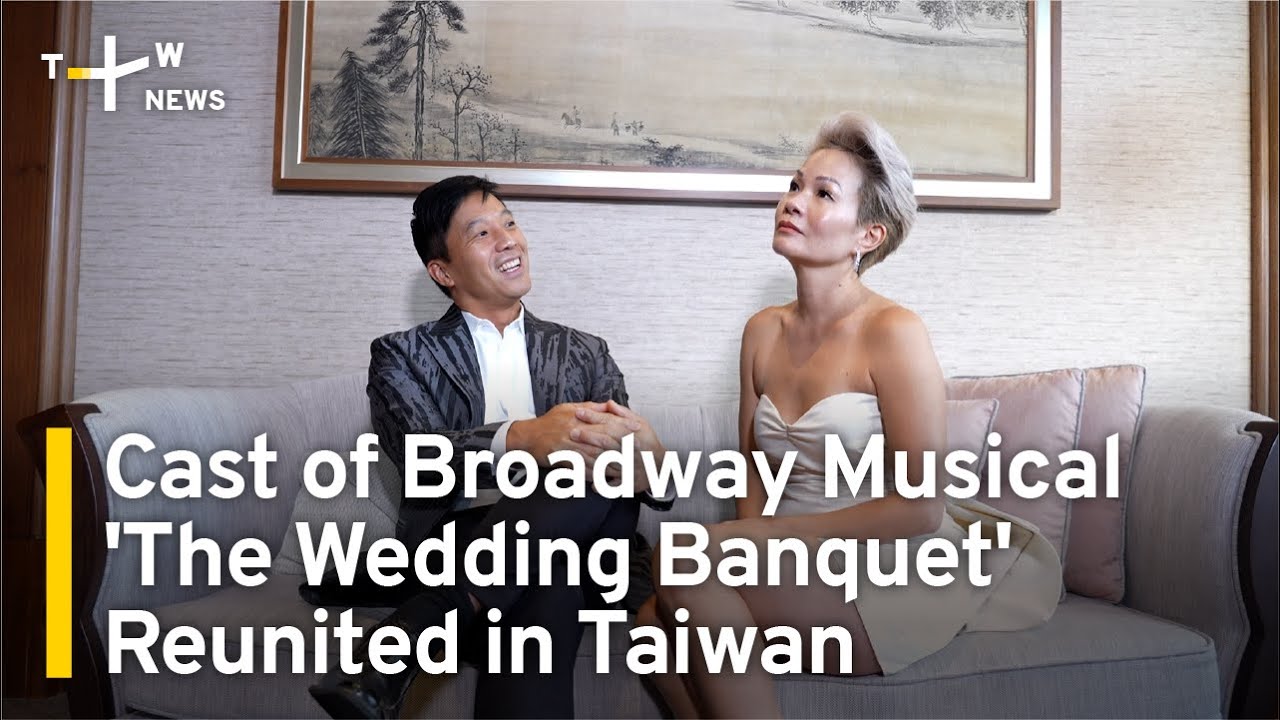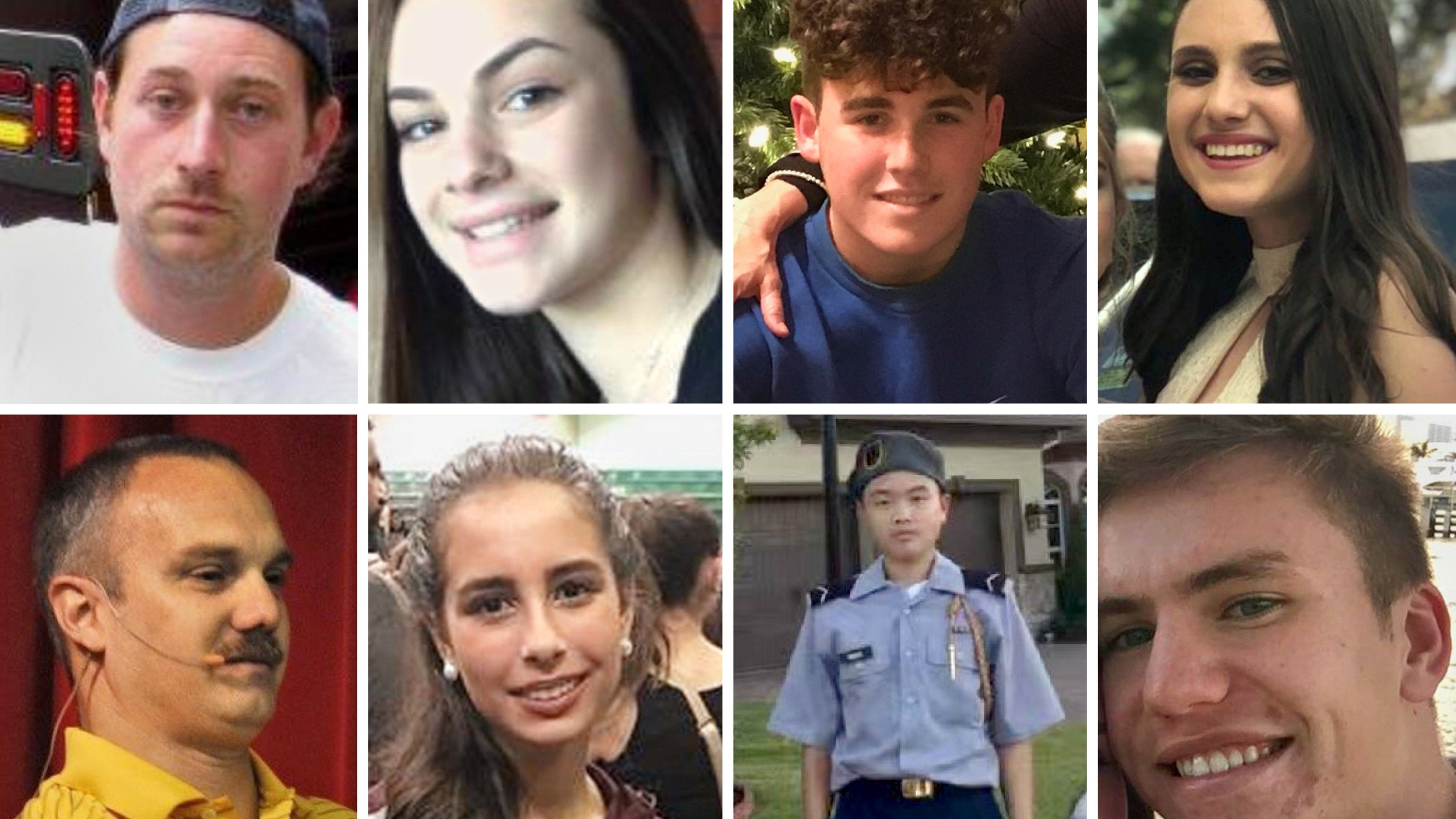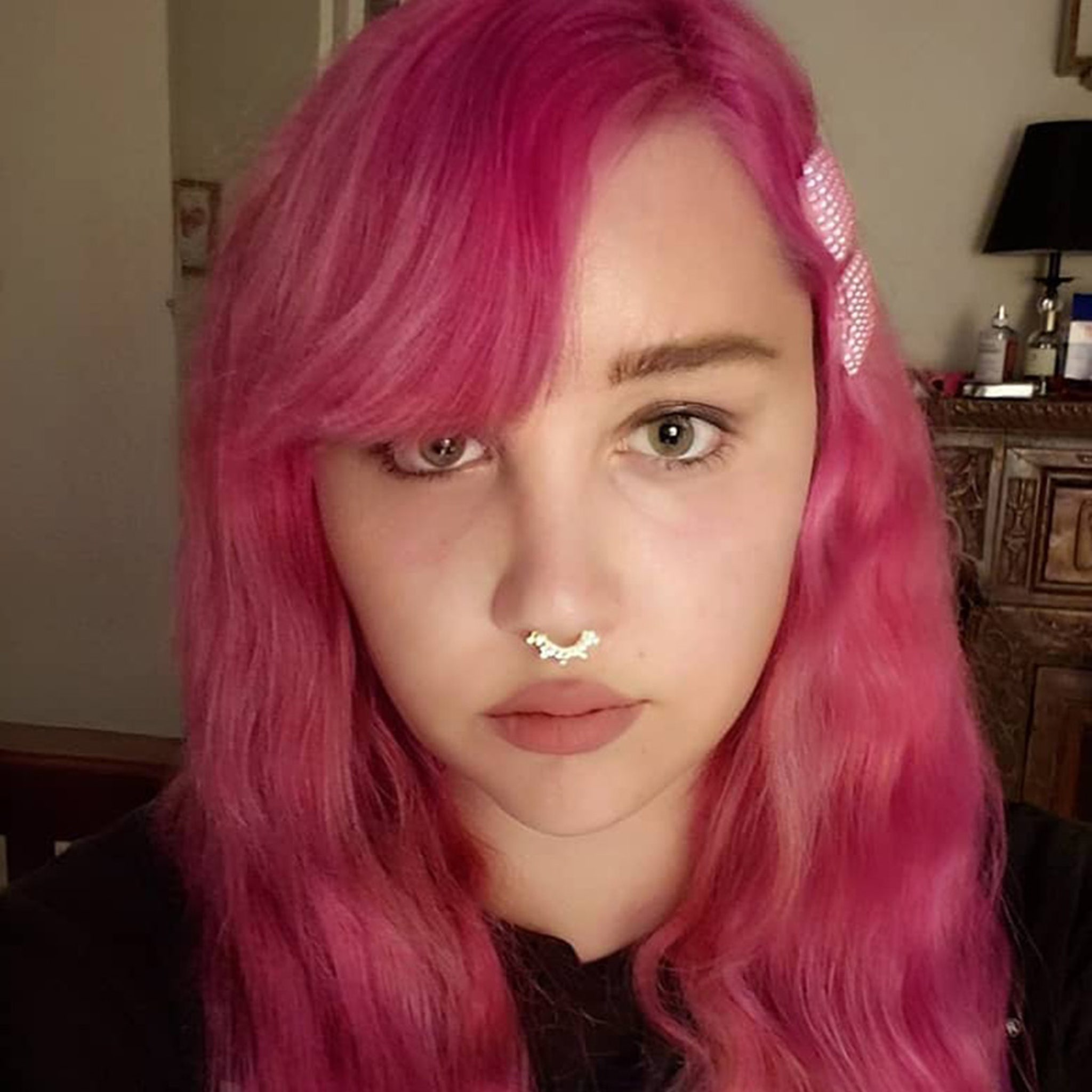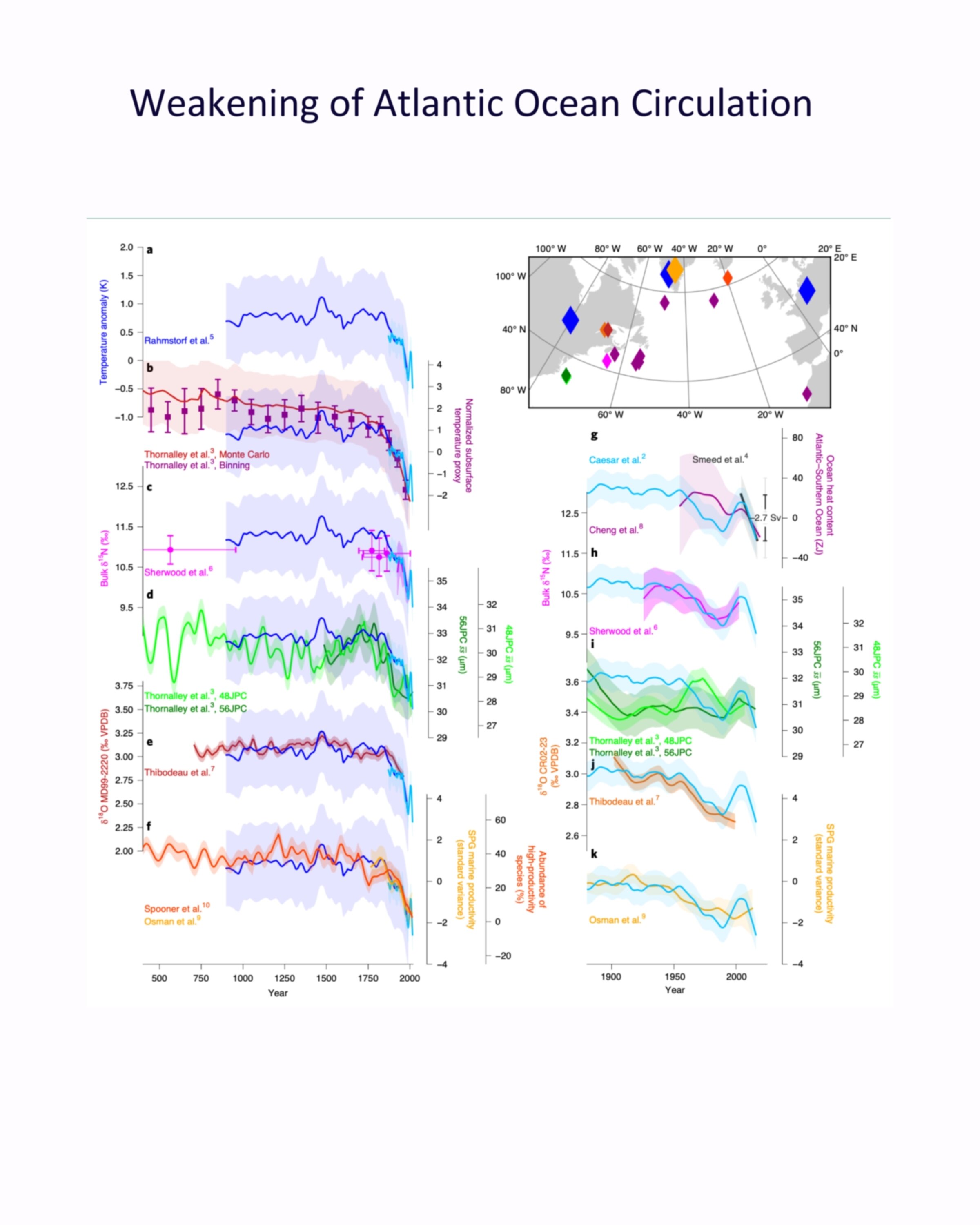The Wedding Banquet: Exploring Queer Identity In An Asian-American Context

Table of Contents
Navigating Family Expectations and Traditional Values
The pressure on Asian-Americans to uphold family honor and tradition is immense. This emphasis on "filial piety" often clashes dramatically with LGBTQ+ identities, creating a deeply personal and often agonizing internal conflict.
The Pressure to Conform
- Traditional expectations: Many Asian cultures prioritize marriage and the continuation of the family line, with immense pressure on individuals to marry and have children. These expectations often leave little room for LGBTQ+ identities.
- Consequences of coming out: Coming out to family can lead to intense emotional distress, strained relationships, rejection, or even disownment. The fear of these consequences can lead to years of hiding one's true identity.
- Internalized homophobia: The internalization of societal homophobia, often reinforced by cultural norms and religious beliefs, can further complicate the experience of being a queer Asian American.
These pressures are amplified by the weight of "family honor," a cornerstone of many Asian cultures. Openly identifying as LGBTQ+ can be seen as bringing shame upon the family, creating a devastating dilemma for many individuals.
Generational Differences and Understanding
A significant generational gap often exists within Asian-American families regarding LGBTQ+ issues. Older generations may hold more traditional views, while younger generations are often more accepting and understanding.
- Differing perspectives: Older generations may struggle to reconcile traditional values with LGBTQ+ identities, leading to misunderstandings and conflict.
- Education and open dialogue: Education plays a critical role in bridging this gap. Open dialogue, empathy, and a willingness to learn about LGBTQ+ issues can foster greater understanding and acceptance.
- Successful intergenerational communication: Success stories of intergenerational communication highlight the power of patience, empathy, and a shared commitment to building stronger family bonds. These examples demonstrate that progress is possible.
The Role of Representation in Media and Culture
The impact of media representation on the lives of queer Asian Americans cannot be overstated. The Wedding Banquet itself served as a groundbreaking portrayal, but much progress is still needed.
The Wedding Banquet as a Case Study
Ang Lee's The Wedding Banquet remains a powerful case study in portraying the complexities of queer identity within a Chinese-American family. The film uses humor and satire to address sensitive topics, making it both accessible and thought-provoking.
- Internal conflict: The film masterfully depicts Wai-Tung's internal struggle between his desire for authenticity and the pressure to conform to his parents' expectations.
- Societal pressure: The film vividly illustrates the societal pressure faced by Wai-Tung and his partner, highlighting the challenges of navigating a culture that doesn't readily accept same-sex relationships.
- The struggle for authenticity: The film's ending, while ambiguous, explores the difficult path toward self-acceptance and the potential for reconciliation, even within the constraints of cultural expectations.
Its lasting relevance stems from its ability to articulate the universal struggles of hiding one's true self and the desire for family acceptance.
Contemporary Representation and its Impact
While The Wedding Banquet broke ground, contemporary media continues to shape the landscape of queer Asian-American representation.
- Positive and negative representations: While there has been progress, media portrayals are still uneven, ranging from stereotypical caricatures to more nuanced and authentic portrayals.
- Impact on visibility and self-acceptance: Positive representation can significantly impact self-acceptance and mental health, while negative representation can reinforce harmful stereotypes and prejudice.
- The need for diversity and nuance: The need for diverse and nuanced portrayals that accurately reflect the spectrum of queer Asian-American experiences is paramount. This includes showcasing a wide range of ethnicities, gender identities, and sexual orientations.
Finding Community and Support
For many queer Asian Americans, finding community and support is crucial for navigating the challenges of reconciling their identity with their cultural background.
The Importance of LGBTQ+ Asian Communities
Support networks provide a safe space for sharing experiences, building resilience, and combating feelings of isolation.
- Community organizations: Numerous organizations offer support, resources, and a sense of belonging for LGBTQ+ Asian Americans.
- Online forums and support groups: Online spaces offer opportunities for connection and support, particularly for those who may not have access to local resources.
- Benefits of finding like-minded individuals: Connecting with others who share similar experiences can reduce feelings of isolation, foster a sense of belonging, and provide vital emotional support.
Strategies for Self-Acceptance and Advocacy
Self-acceptance and advocacy are essential for building resilience and fostering change.
- Self-care practices: Prioritizing self-care, including mental health support, is crucial for navigating the challenges of being a queer Asian American.
- Confronting prejudice: Developing strategies to address prejudice and discrimination is empowering and crucial for personal well-being and advocating for change.
- Allyship: Building allyship within the broader Asian-American community is vital for creating a more inclusive and accepting environment.
Conclusion
Navigating queer identity within the context of Asian-American families and traditions presents unique and significant challenges. Understanding the pressures to conform, the importance of authentic representation, and the vital role of community and self-acceptance are crucial for fostering a more inclusive and accepting environment. The Wedding Banquet, while a powerful starting point, highlights the continuing need for further exploration of these complex themes. By continuing to engage in open dialogue, support organizations dedicated to LGBTQ+ inclusion, and promote nuanced portrayals in media, we can move toward a more just and equitable future for all queer Asian Americans. We urge you to continue exploring queer Asian-American experiences, further researching the intersection of queer identity and Asian culture, and understanding the themes of The Wedding Banquet to cultivate empathy and acceptance. The journey towards greater understanding and acceptance is ongoing, but with continued effort, we can make significant progress.

Featured Posts
-
 Maximize Your Fortune Coins A Winning March Strategy
May 18, 2025
Maximize Your Fortune Coins A Winning March Strategy
May 18, 2025 -
 Sean Combs Trial Update Cassie Ventura And Dawn Richard Testimony
May 18, 2025
Sean Combs Trial Update Cassie Ventura And Dawn Richard Testimony
May 18, 2025 -
 Florida State University Shooting A Victims Family Background
May 18, 2025
Florida State University Shooting A Victims Family Background
May 18, 2025 -
 Amanda Bynes On Only Fans A Closer Look At The Restrictions
May 18, 2025
Amanda Bynes On Only Fans A Closer Look At The Restrictions
May 18, 2025 -
 The Impact Of A Weakening Ocean Current System On Us Sea Levels
May 18, 2025
The Impact Of A Weakening Ocean Current System On Us Sea Levels
May 18, 2025
